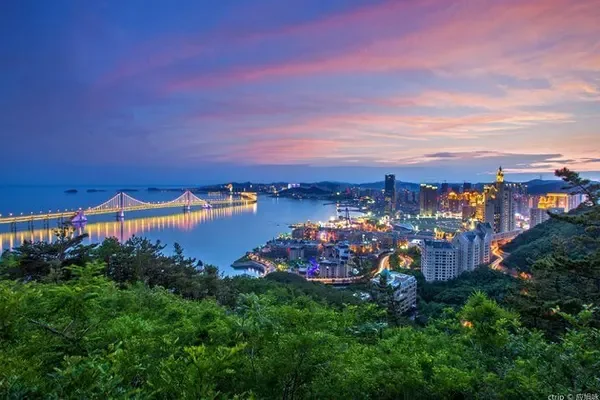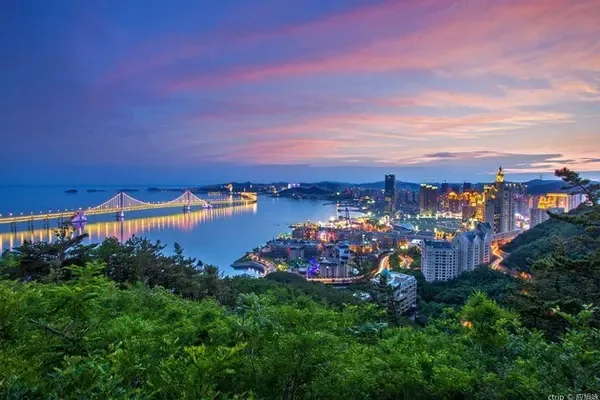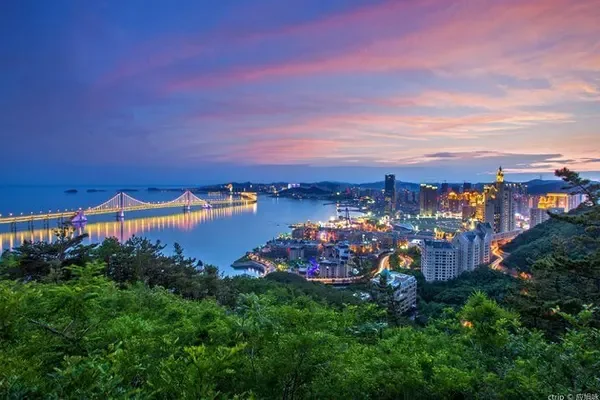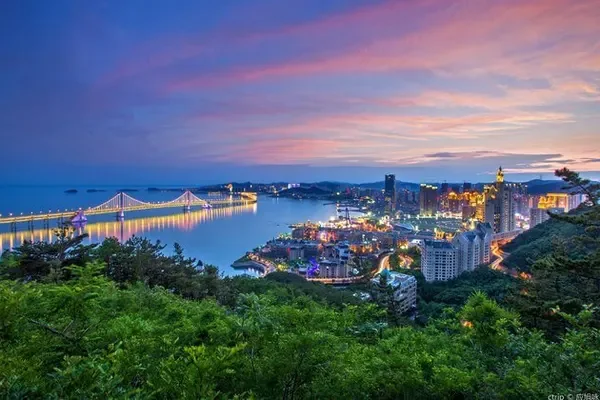Guoluo Tibetan Autonomous Prefecture is one of the eight prefecture-level administrative regions in Qinghai Province. It is located in the southeast of Qinghai, and the state capital is located in Maqin County. Guoluo Prefecture is located at the combination of Amdo culture and Kham culture. It is the birthplace of Gesar and the hometown of culture. Cultural attractions.
On the afternoon of October 14, 2021, we came from Aba County, Sichuan Province to Maqin County, Guoluo Prefecture, Qinghai Province, and visited Lajia Temple on October 15; we left Maqin County on October 16, and drove to Animaqing Mountain At the foot of the mountain, worship the beautiful holy mountain, and then go to Maduo County.
Lajia Temple is located in Lajia Township on the north bank of the Yellow River in the northeast of Maqin County. It was established in 1769 by the famous monk of the 18th century, Geshe Gyaltsen Ese (1726-1803), appointed by the seventh Dalai Lama. Pai monastery.



Lajia Temple was originally named "Tashi Gongde Forest" (Auspicious Guang'an Temple), and later changed its name to "Gandan Tashi Jiongni" (the source of good auspiciousness). The plaque of "Jiaxiang Temple" is also called "Jiaxiang Temple".


The main buildings of Lajia Temple include the Great Sutra Hall, Sakyamuni Hall, Kalachakra College, Tantric College, Medical Ming College, Dharma Protector Temple, Bodhi Tower, Sutra Turning Room, and Monk’s House. The temple buildings are backed by the Gongshan Mountains of the Ani Group, facing the rolling Yellow River, and are built facing east and west. There are both Tibetan Buddhist temple-style buildings and Han temple-style buildings. It is a harmonious complex of various styles. . At the highest point of the complex is the gilded statue of Master Tsongkhapa.










Animaqing Mountain was called "Jishi Mountain" in ancient times, also known as Maji Snow Mountain. It is located in Xueshan Township, northwest of Maqin County, Guoluo Tibetan Autonomous Prefecture, Qinghai Province. Its main peak is Maqing Gangri, with an altitude of 6,282 meters.
Animaqing Mountain is called "Bokawa Jiangong" by the Tibetan people. It is one of the nine gods who created the world. It ranks fourth among the 21 gods and snow mountains believed by the Tibetan people. It is in charge of "Anduo". The ups and downs and vicissitudes of the mountains and rivers in the area are the rescuers of the Tibetan people. There is the earliest record about Jishi Mountain in the book "Yugong" 3,000 years ago. The God of Animaqing Mountain is the holy spirit who upholds justice, restrains the strong and supports the weak, punishes the strong, and saves the common people. Therefore, there are a large number of worshipers every year. Those who trek across mountains and rivers, eat and sleep in the open air, come to worship.
Among the four sacred mountains in Tibetan areas, Animaqing Mountain is the most "approachable" because it is the closest to the mainland. The Dema Expressway (Delingha-Maerkang, G0615) passes under the mountain and can be seen from the expressway. Its figure, but if you want to appreciate its beauty carefully, it is recommended to follow the county road and township road to the viewing point on the top of the No. 1 Snow Mountain Tunnel of the Dema Expressway, where you can see Maqing Gangri Peak and a magnificent glacier , There are pagodas, mani piles and prayer flag arrays next to the viewing point, and the viewing of snow-capped mountains is more comprehensive and spectacular.









Of course, the road conditions to get here are a bit poor, but it is worth it to see such a good view.











I ran into a few Tibetan compatriots here. They came to turn around the mountain. After arriving at this viewing point, they first pulled the prayer flags in the prayer flag array, then simmered mulberry on the sang mulberry platform and prayed for Saronda, and finally moved out of the car. Some Mani stones are placed on the nearby Mani pile.
———End of this section———



